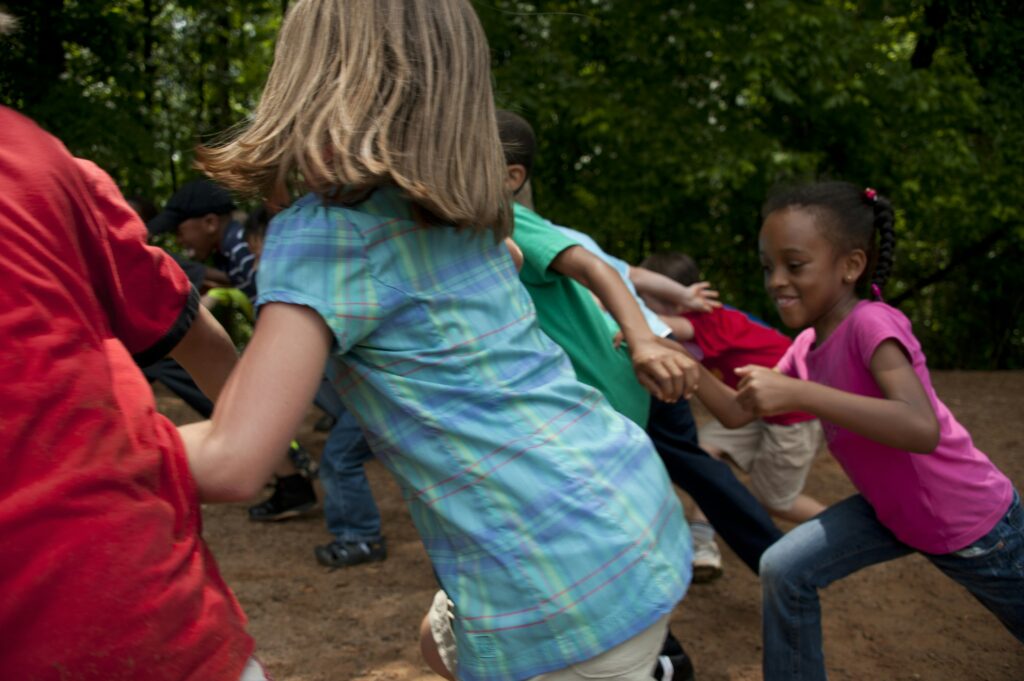EECERA Conference 2025 – Guest Blog # 48: The movement characteristics of children in four Tag situations in kindergarten
Posted 26th August 2025
One of a series of short blog posts by presenters who will be sharing their work at the upcoming annual conference in Bratislava, Slovakia. Any views expressed in this post are those of the author(s) and do not necessarily reflect the official stance of their affiliated institution or EECERA.
The movement characteristics of children in four Tag situations in kindergarten
By Shunichi Tazuke, Doshisha University, Japan

At its essence, play is a free activity of children, untouched by adult interference. My current research interest lies in the significance of physical play, where children spontaneously generate their own ideas rather than following adult direction.
In Japan, kindergartens are officially recognized as educational institutions under the Ministry of Education, Culture, Sports, Science and Technology (MEXT). Alongside public kindergartens, there are many private ones. Some of these private kindergartens follow a more “lesson-like” approach, in which teachers structure the activities and children are given few opportunities to think for themselves. A considerable number of parents actively value this style, which differs greatly from kindergartens that emphasize free play.
Globally, the importance of early childhood play has been widely discussed. Yet, from my perspective, quantitative investigations remain limited and challenging. To approach this gap, I have begun focusing on children’s favorite game of tag. By equipping children with wearable sensor vests, I have been able to collect location data under conditions free from imposed restrictions.
In my study, I examined the standard deviation of acceleration during tag in “free-play” kindergartens compared to “lesson-style” kindergartens. The results were clear: in free-play kindergartens, the standard deviation of acceleration increased significantly with age (from three to four to five years old). In contrast, no developmental change was observed in the lesson-style kindergartens.
This finding is meaningful. A larger standard deviation of acceleration reflects greater magnitudes of speeding up and slowing down. Put differently, children in free-play settings are, over the years, learning to observe peers, engage in nonverbal communication, and adaptively adjust their chasing and escaping behaviors in tag. These adaptive abilities are closely tied to what we describe as non-cognitive skills.
At present, I am collecting data using an Ultra-Wideband (UWB) system. I am convinced that with collaboration from biomechanics and sports science researchers, similar data collection could be carried out in other countries as well.
My aim is to collaborate internationally with researchers to quantitatively demonstrate the importance of physical play that emerges from children’s own ideas, using games such as tag as a model.
If this line of inquiry resonates with you, I would warmly welcome collaboration and further discussion.
Shunichi Tazuke will present work referred to in this blog in Poster Session B, Wednesday 27th August 2025 (Schedule liable to change; please refer to final programme for details).
